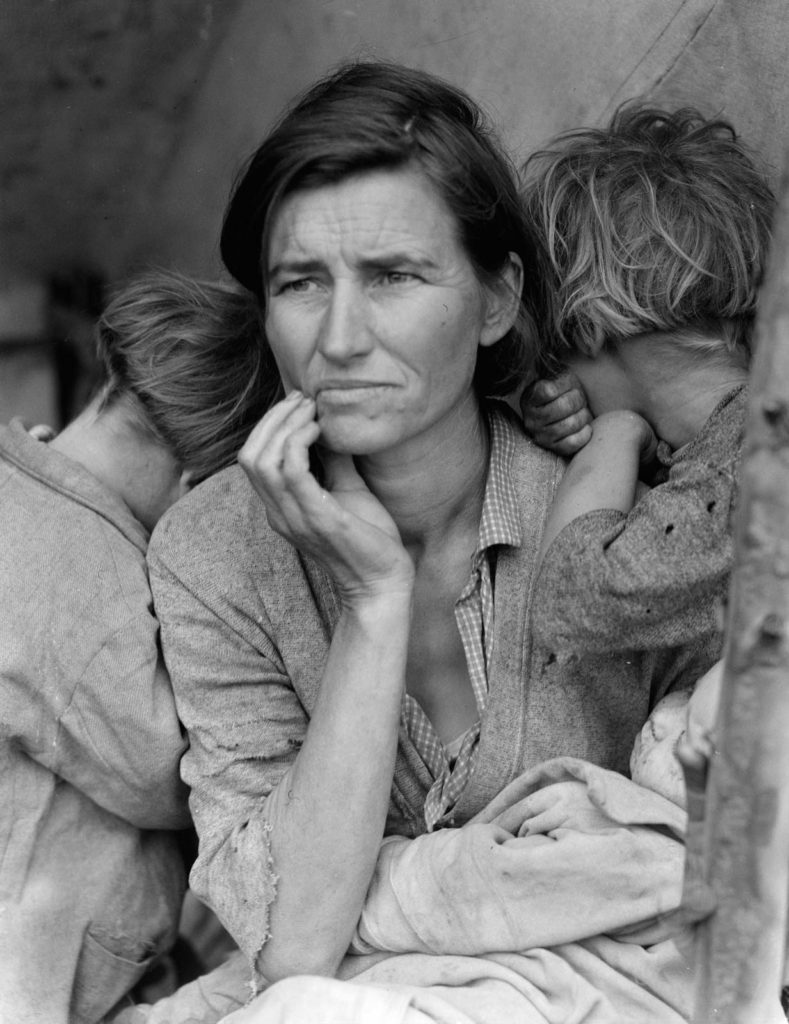To continue our series, “The best photographers in history”, on the occasion of World Photographer’s Day (January 8), today we will talk about a photographer who has one of the most famous photos in history: Dorothea Lange, a woman by ahead of its time.
Born in Hoboken, a small American town in New Jersey, on May 26, 1895, to a family of German immigrants, Dorothea Lange became interested in photography after her father was abandoned when she was 12.
- At Columbia University in New York he immerses himself in the photographic world and begins working as an apprentice at various studios in the city.
- In 1918 he moved to San Francisco.
- California.
- Where he opened his own business.
- She married her first husband.
- The painter Maynard Dixon.
- With whom she had two children.
With the crash of 1929, caused by the crash of the New York Stock Exchange, Dorothea began to photograph the streets. Her natural talent coupled with photographic sensibilities caught the attention of more experienced photographers, leading her to work for the Farm Security Administration, the FSA, a program created to promote the development of America’s agricultural areas, a measure of the New Deal, a policy of the Roosevelt administration. to fight the crisis.
In 1935, she married her second husband, Paul Taylor Schuster, a professor of economics. Taylor guided Dorothea on political and social issues. Together, they documented rural poverty and the exploitation of migrant workers in the United States.
During his collaboration with the government, from 1935 to 1939, Lange portrayed the suffering of the poor, the forgotten, the unemployed and, above all, displaced rural families and migrant workers. His images were distributed free of charge to newspapers across the country. becoming very representative of the time.
The most famous photograph of this period is the “Migrant Mother”, or “Immigrant Mother”, one of the most emblematic documents in the history of photography, showing an immigrant named Florence Owens Thompson with three of her seven children. symbol of the Great Depression, the worst and longest period of economic recession of the twentieth century:
In a way, their images denounce the prejudices of Americans, for example, the situation of the Japanese following the attack on Pearl Harbor, the photographs of this episode were so criticized that the army confessed them. Today they are available in the photo, division of the National Archives of the Country website and the Bancroft Library of the University of California.
Dorothea Lange died in 1965. In the later years of her life, she faced several health problems. Today, more than five decades after his death, all his work is increasingly celebrated and studied at universities around the world. socially critical photography of a talent for the few: to see beyond one’s existence.

